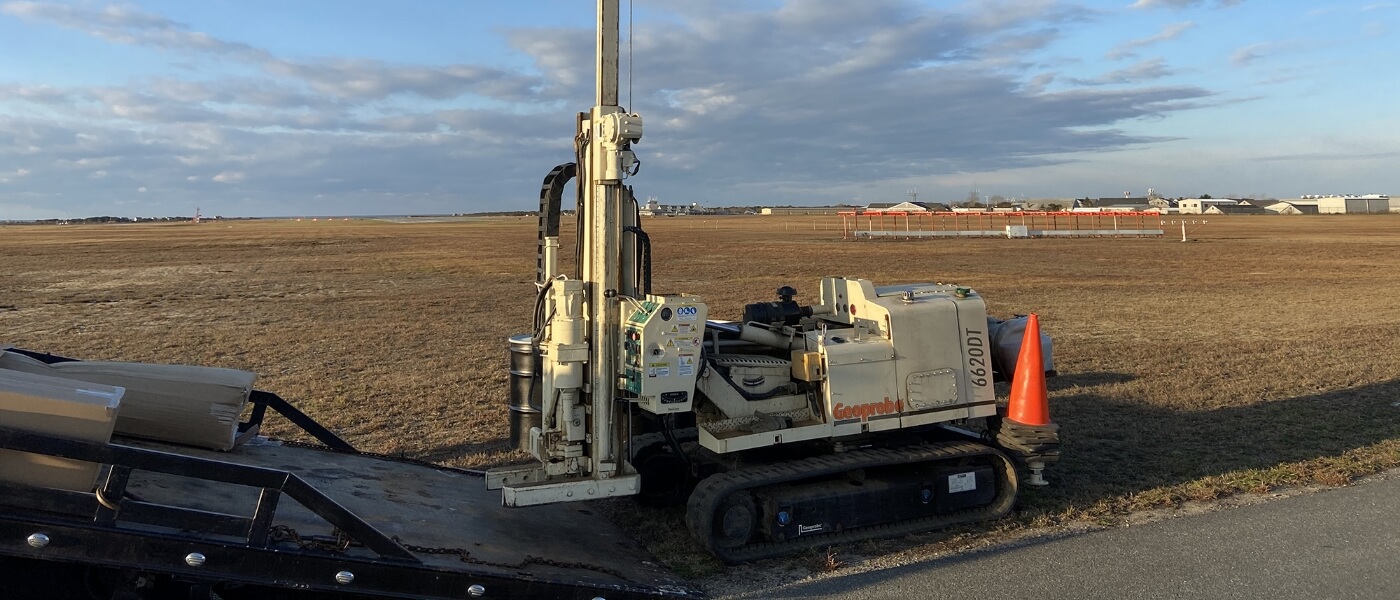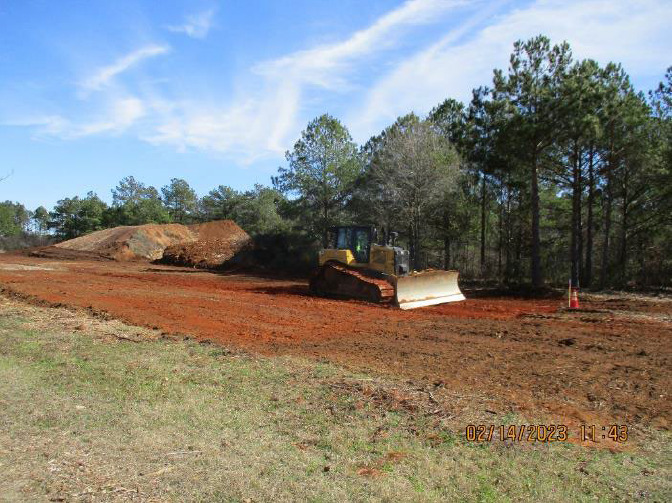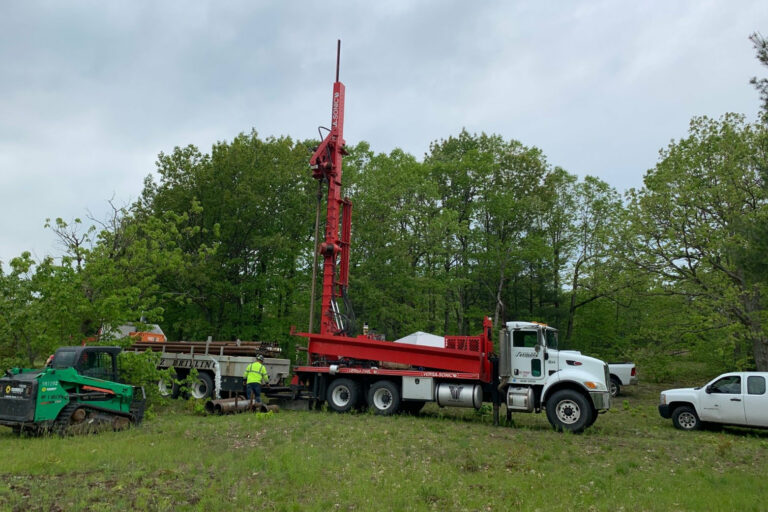Weston was contracted by Nantucket Memorial Airport (ACK) to navigate the Massachusetts Department of Environmental Protection (MassDEP) regulations surrounding contaminated site cleanup and characterize the impacts stemming from their past use of PFAS-containing aqueous film-forming foam (AFFF) during Federal Aviation Administration-required training and certification events. Weston was tasked with characterizing the nature and extent of these emerging contaminants in soil, groundwater, and private drinking water supply wells at and downgradient of ACK.
Once the presence of PFAS was confirmed at concentrations exceeding MassDEP reportable concentrations, the site entered the Waste Site Cleanup Program as defined in the Massachusetts Contingency Plan (MCP) and risk reduction measures were undertaken as part of the Immediate Response Action (IRA). These measures included providing temporary water supplies to impacted residents, installing point-of-entry (anion exchange [IX] and granular activated carbon [GAC]) treatment systems on water supplies that exceeded MassDEP criteria, completing a step-out sampling process to confirm the extent of impact to the residents were identified, and completing risk mitigation measures. ACK has completed an extension of municipal water to areas impacted by past AFFF applications. Concurrent to risk reduction measures completed as part of the IRA, Weston has advanced a phased investigation to characterize the nature and extent of PFAS impacts, with a priority on maximizing the amount of data collected at each mobilization to minimize impacts to airport operations.
Weston is successfully navigating the challenges of working on an island, engaging meaningfully with stakeholders, and delivering sustainable solutions to our client. We routinely participate in public information sessions and Airport Commission meetings to provide informative updates to project stakeholders. Comprehensive Site Assessment, Remedial Action Plan, and Design/Implementation/Operation/Maintenance activities are underway and are required by the MCP to be completed by 2026. Now that the drinking water exposure pathway is mitigated, the primary goal will be to develop a sustainable remedial action to address PFAS in the subsurface.






